Calligraphy today has been shaped by so many countries and cultures of the past. From ancient Chinese and Arabic traditions to the modern innovations we have now, it’s been quite the journey. Whether you’re into classic scripts or contemporary designs, calligraphy has something for everyone. It can be confusing when you’re first starting to navigate the differences, so let’s uncover the magic that spans centuries – from old-school manuscripts to fresh creations. Ready to be inspired?
Calligraphy Styles: Discover the Artistic Diversity
So many diverse styles paint a vivid tapestry of this visual expression. Each style carries its own distinct flair, shaping letters into exquisite works of art. Let’s explore some noteworthy calligraphy styles:
Italic
An elegant and slanted style often found in Western calligraphy. Italic calligraphy is characterized by its slanted and slightly cursive appearance. Developed during the Renaissance in Italy, this script features a balanced combination of thick downstrokes and thin upstrokes, creating an elegant look.
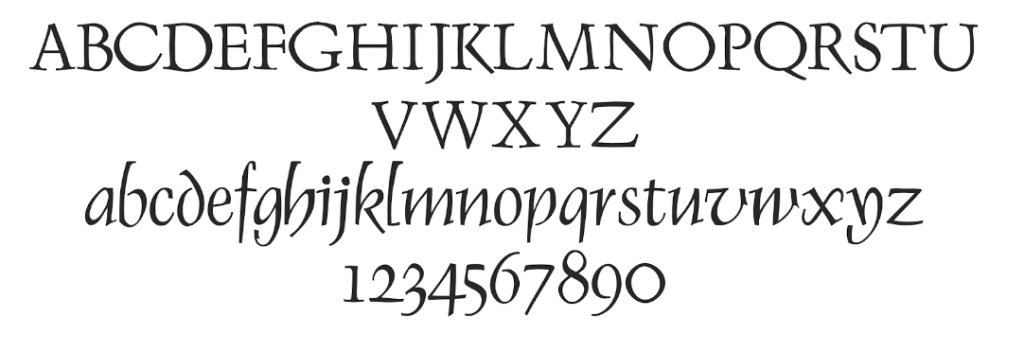
Copperplate:
Copperplate calligraphy, also known as English Roundhand, is a delicate and ornate script with origins tracing back to the 16th century. Its defining features include intricate, flowing curves and fine hairline strokes, achieved by using a pointed pen. capturing a sense of timeless charm
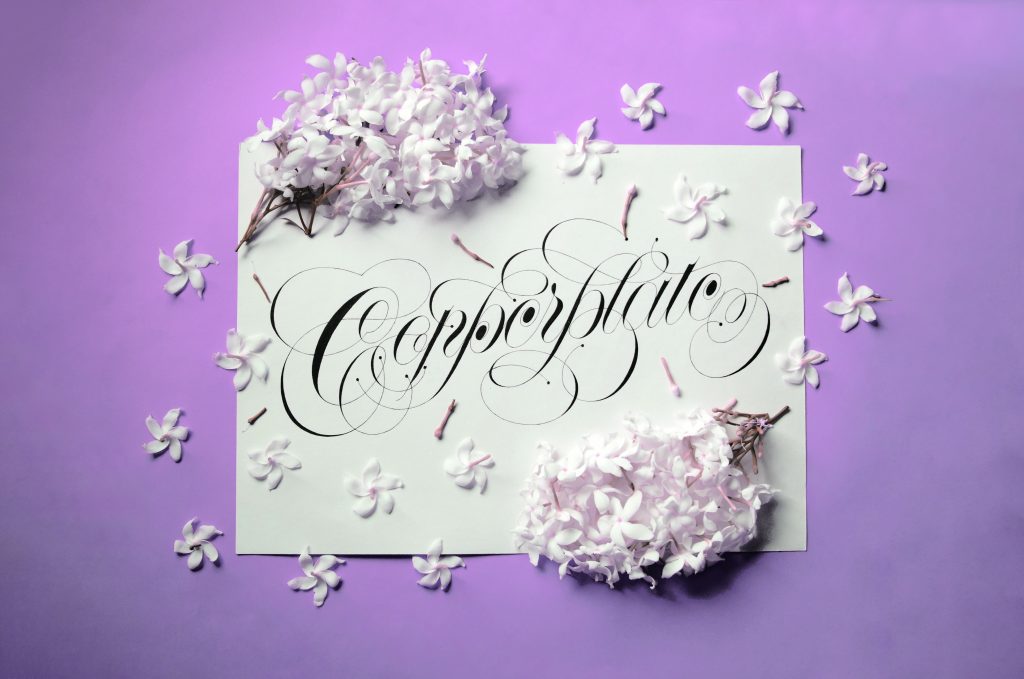
Gothic/Blackletter:
Gothic, also known as Blackletter, is a bold and distinctive calligraphy style that emerged during the medieval era in Europe. Recognized for its sharp, angular lines and intricate patterns, it exudes a sense of historical gravitas.

White IrisAn example blackletter typeface called “Old English“
Gothic/Blackletter Example
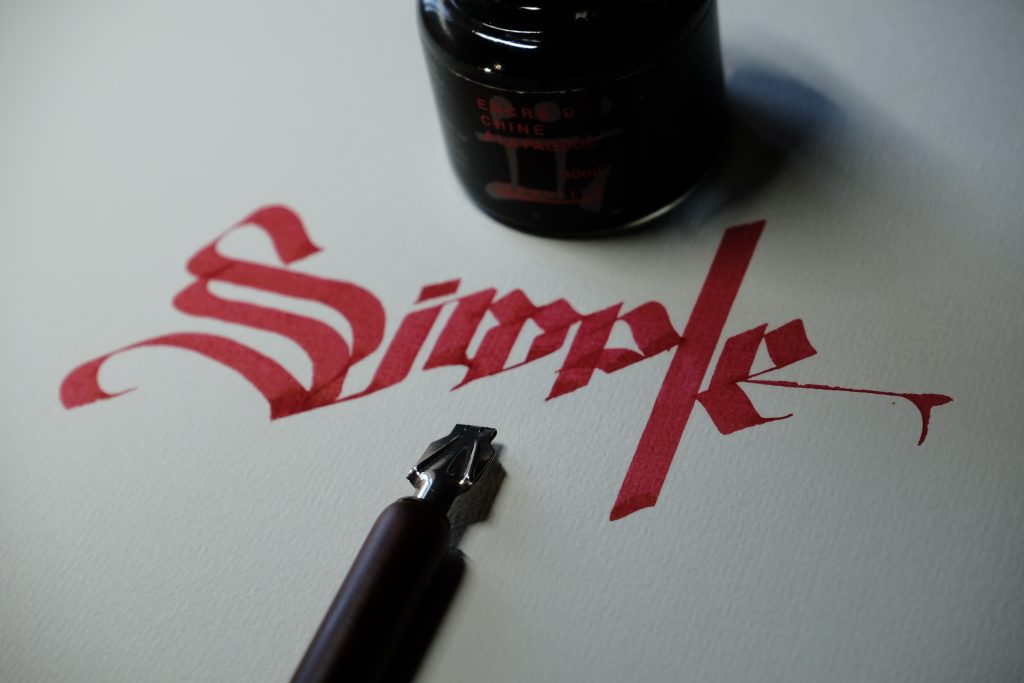
Uncial
With its rounded and open composition, Uncial embodies a sense of simplicity and space, reflecting a unique form of elegance. Uncial calligraphy often lacks distinct uppercase and lowercase distinctions.

Brush Calligraphy:
Brush calligraphy is a dynamic and expressive writing style that employs a brush or brush-like tool instead of a traditional pen. Known for its bold, sweeping strokes and varying line thickness, it allows for a wide range of artistic flourishes and creative interpretations.
Arabic/Islamic Calligraphy:
Flowing and intricate, this style holds cultural significance and plays a central role in Islamic art, radiating an air of spiritual beauty.
Japanese Calligraphy (Shodo):
Japanese Calligraphy, or Shodo, is an artistic practice deeply rooted in Japanese culture and aesthetics. It involves using brush and ink to create characters, each stroke reflecting the calligrapher’s emotions and energy
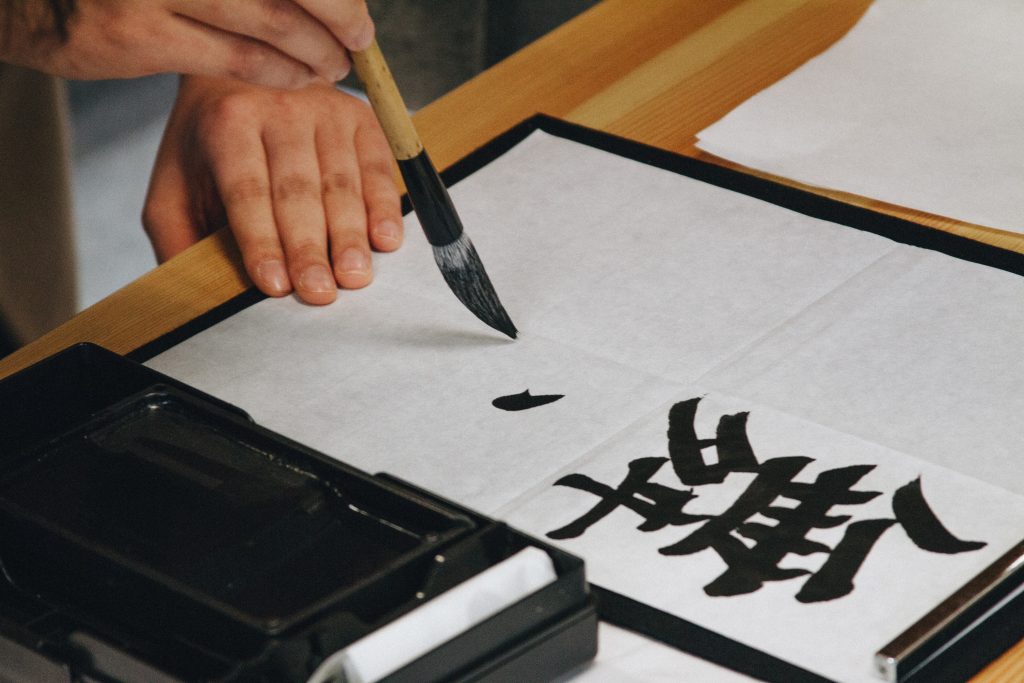
Chinese Calligraphy (Shufa):
Embracing the aesthetics of each brushstroke, Shufa transforms characters into visual poetry, emphasizing harmony between ink and surface.
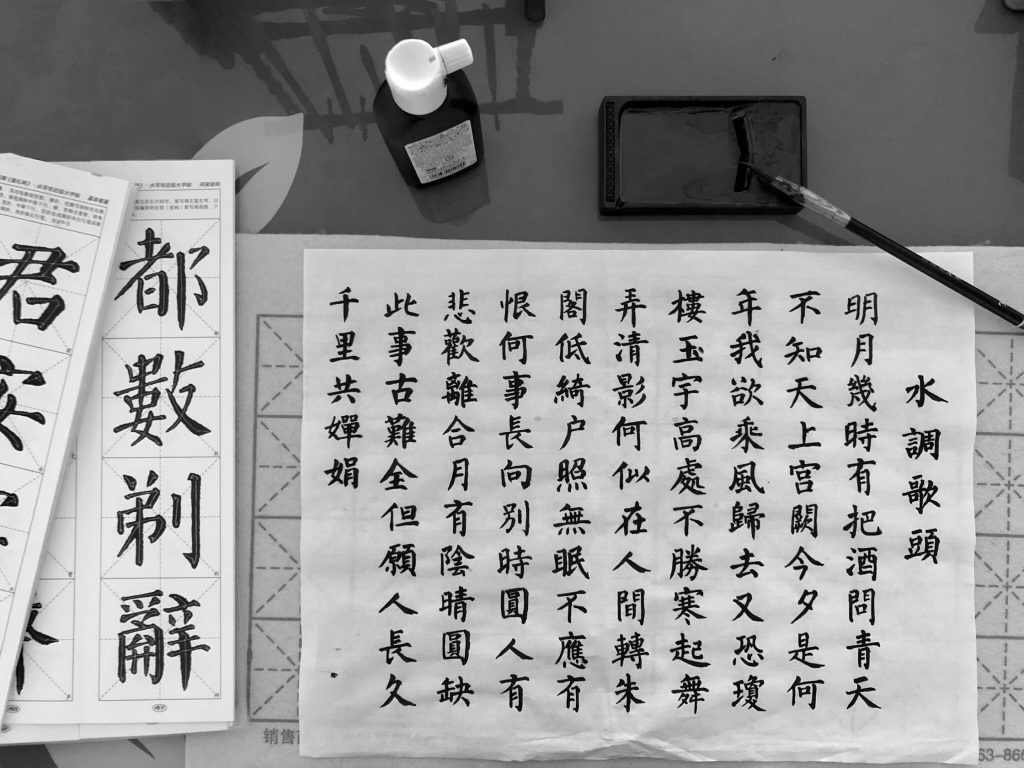
Modern Calligraphy Variations:
Calligraphy has smoothly transitioned into the digital realm, offering diverse fonts and modern adaptations. This evolution thrives on the digital canvas, expanding creative possibilities. Modern calligraphy melds script with typography, infusing tradition with a dynamic edge—mixing styles, adjusting spacing, and adding personal flourishes.
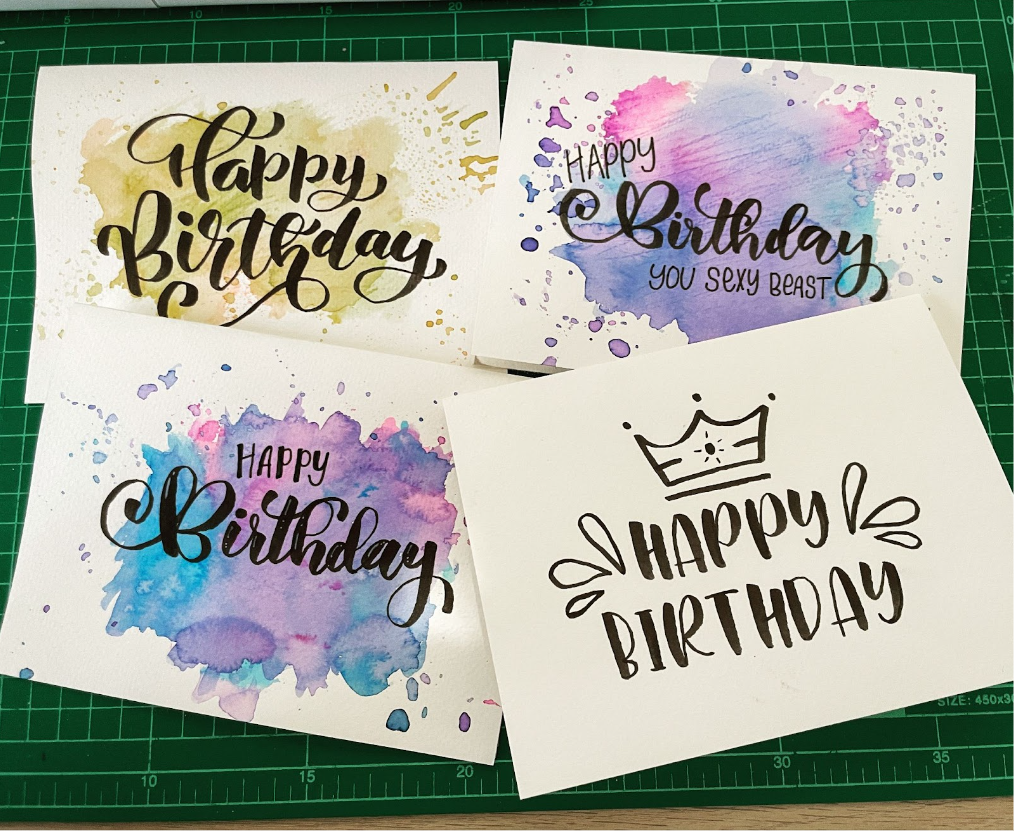
The end of today’s journey
Thanks for joining us on this artistic journey! I hope this helped clear up some of the confusion you might have on the various styles in this very brief run down of each. From elegant Italic to intricate Arabic calligraphy, and history-rich Gothic to dynamic Brush Calligraphy, there’s much to explore. Whether you’re an aspiring artist or captivated by letters’ beauty, keep delving into these styles. Let creativity flow as you dive into this world of expression. Get ready to create and be inspired—this is just the start

About the Author
Monica Sath
Hi, I’m Monica. After a life-changing move from Virginia, USA to Chiang Mai, Thailand, I’ve embraced Modern Calligraphy and Hand Lettering or whatever else it’s being called now. Hopefully you learn something, get inspired or at least get entertained by something I share.
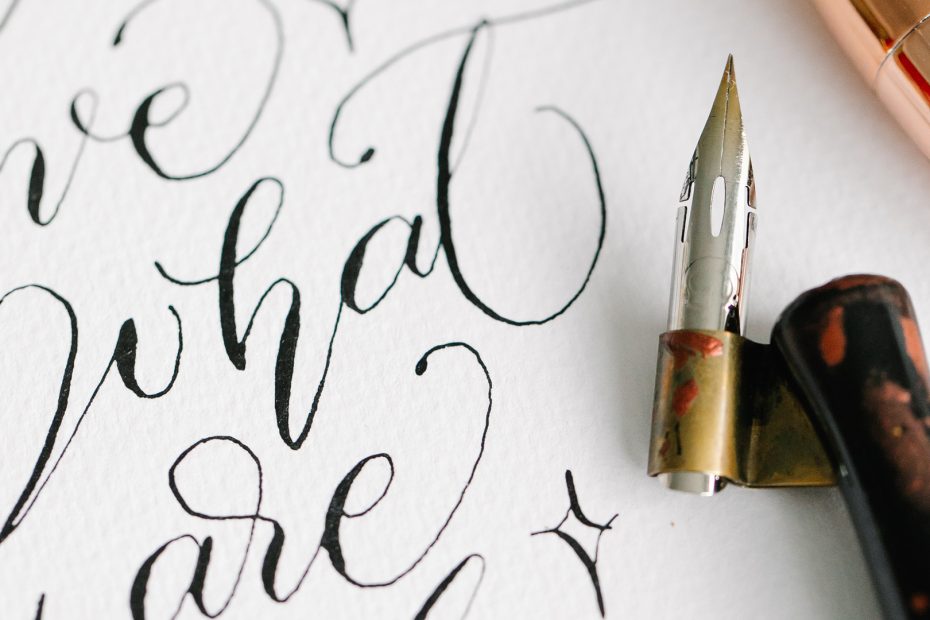
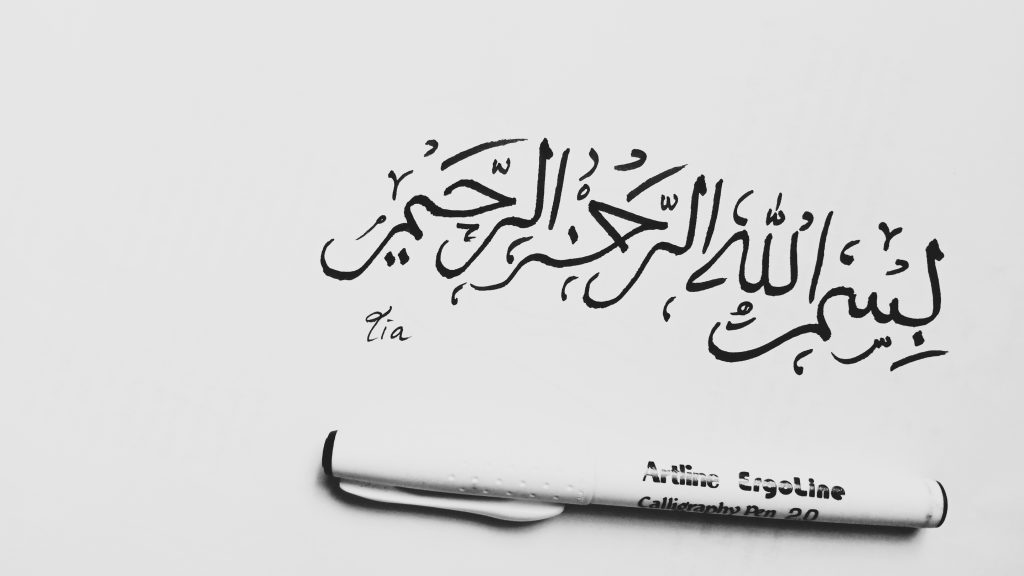
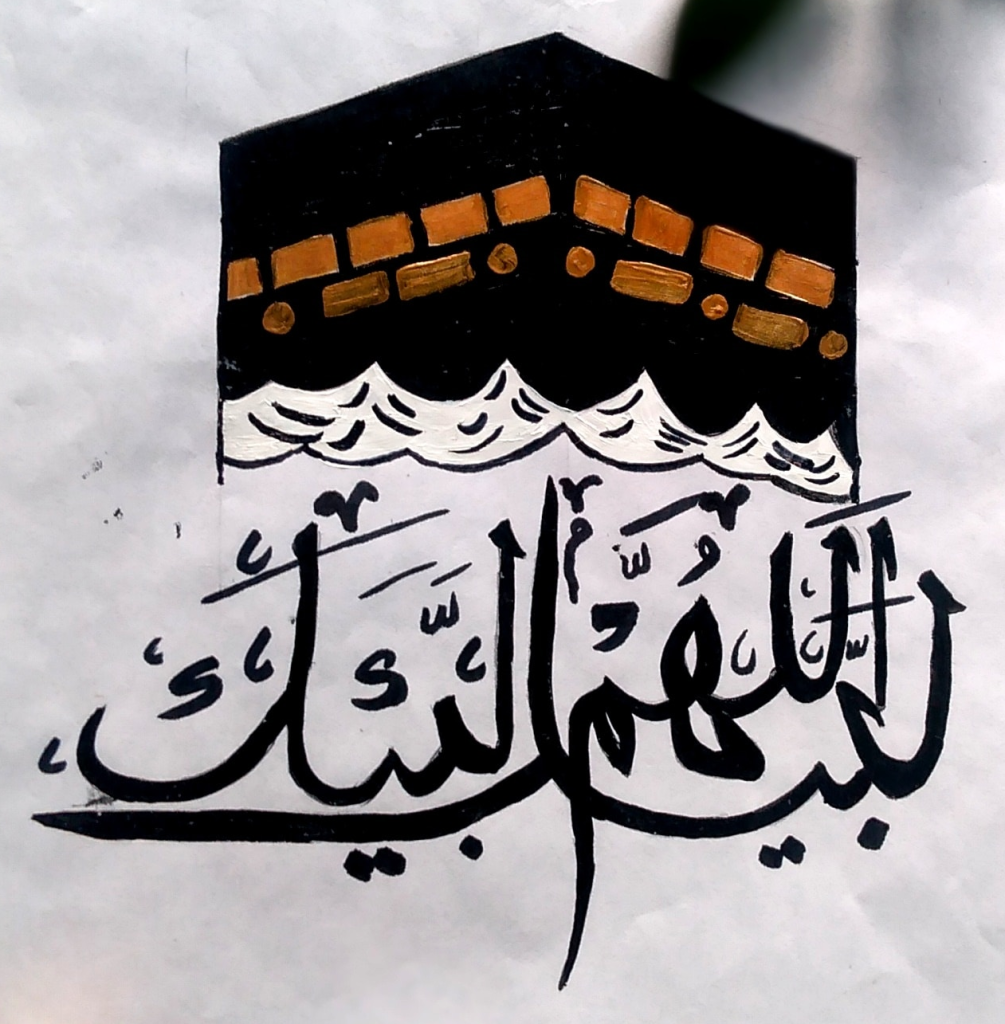
Pingback: Beginner Step-by-Step Lettering Tutorials - CalligraFit
Comments are closed.